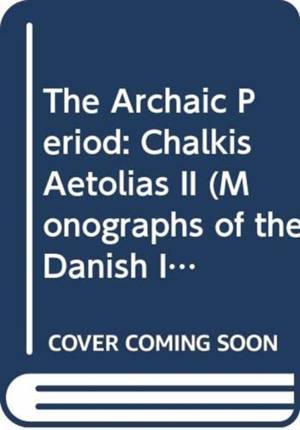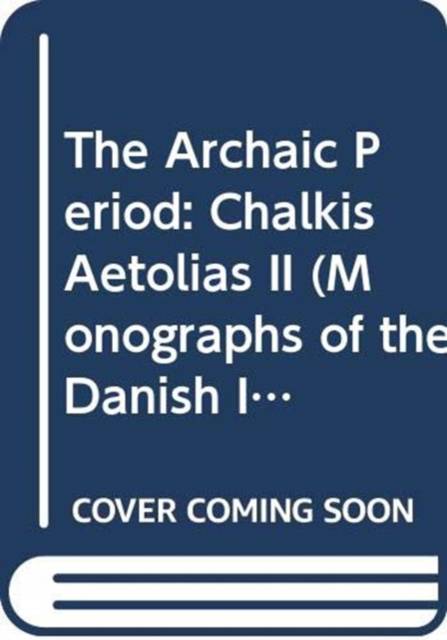
- Afhalen na 1 uur in een winkel met voorraad
- Gratis thuislevering in België vanaf € 30
- Ruim aanbod met 7 miljoen producten
- Afhalen na 1 uur in een winkel met voorraad
- Gratis thuislevering in België vanaf € 30
- Ruim aanbod met 7 miljoen producten
Zoeken
Omschrijving
Homeric Chalkis is situated on the coast of Aetolia at the very 'gateway' of the Gulf of Patras. The foundation occurred during an important period in early Greek history when trade and movement of peoples along the Gulf intensified with a resulting strong pull to the coast. Well-preserved stratigraphies date the foundation to the early seventh century BC and testify to a flourishing settlement in the sixth century lasting till the early fifth century BC when the site was temporarily given up. Walls and roads follow a rectilinear layout. A broad spectre of pottery shapes and wares attest to innovative local and regional workshops already from the onset of the settlement. Alongside the pottery, tools for complex textile manufacture were found in all houses, among which were many small, pyramidal loom weights and spools. These findings indicated a high degree of experimental weaving techniques and demonstrated how the courtyard house, as a new house model, was particularly well suited to accommodate this manufacture, probably mantels. The results therefore offer important new evidence on relations between gender behaviour and Greek houses. The catalogue is richly illustrated with profile drawings, plans, black-and- white and colour photos and accompanied by discussions of the material.
Specificaties
Betrokkenen
- Auteur(s):
- Uitgeverij:
Inhoud
- Aantal bladzijden:
- 502
- Taal:
- Engels
- Reeks:
- Reeksnummer:
- nr. 7
Eigenschappen
- Productcode (EAN):
- 9788771847123
- Verschijningsdatum:
- 24/07/2020
- Uitvoering:
- Hardcover
- Formaat:
- Genaaid
- Afmetingen:
- 216 mm x 264 mm
- Gewicht:
- 2131 g

Alleen bij Standaard Boekhandel
+ 227 punten op je klantenkaart van Standaard Boekhandel
Beoordelingen
We publiceren alleen reviews die voldoen aan de voorwaarden voor reviews. Bekijk onze voorwaarden voor reviews.











